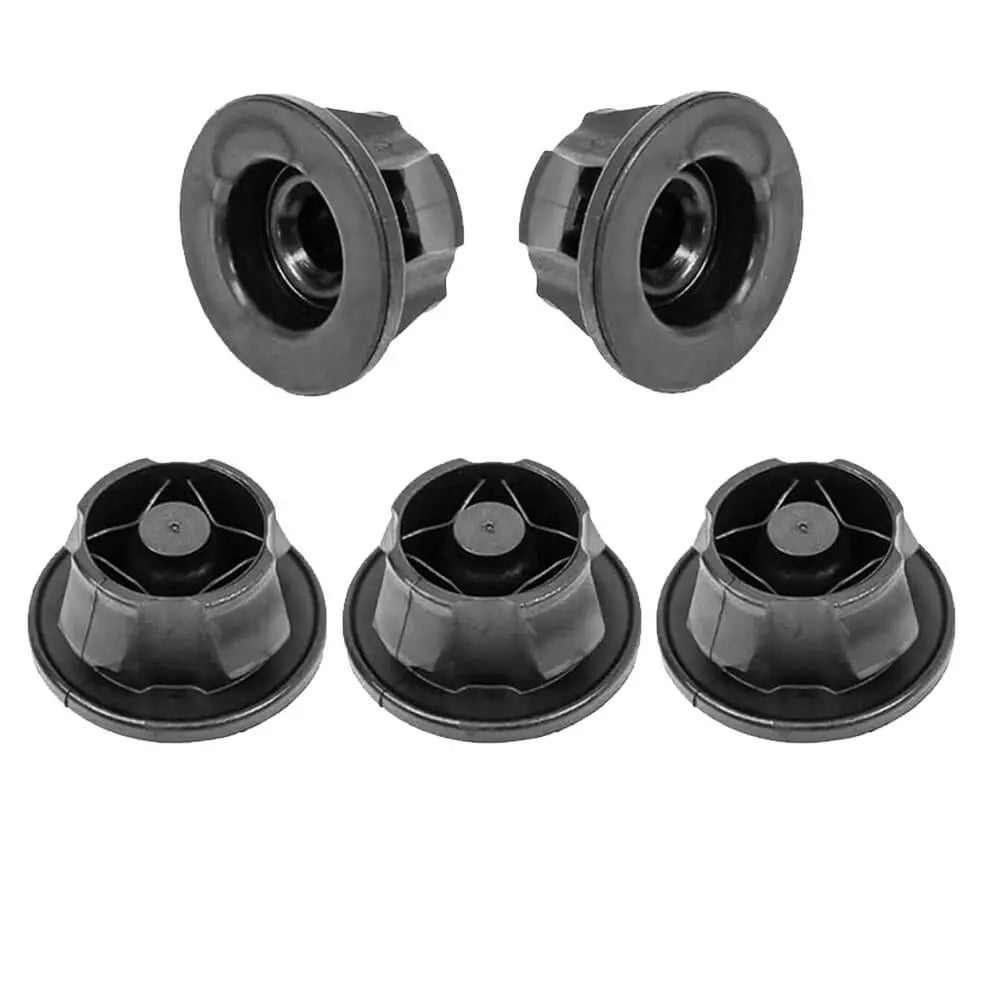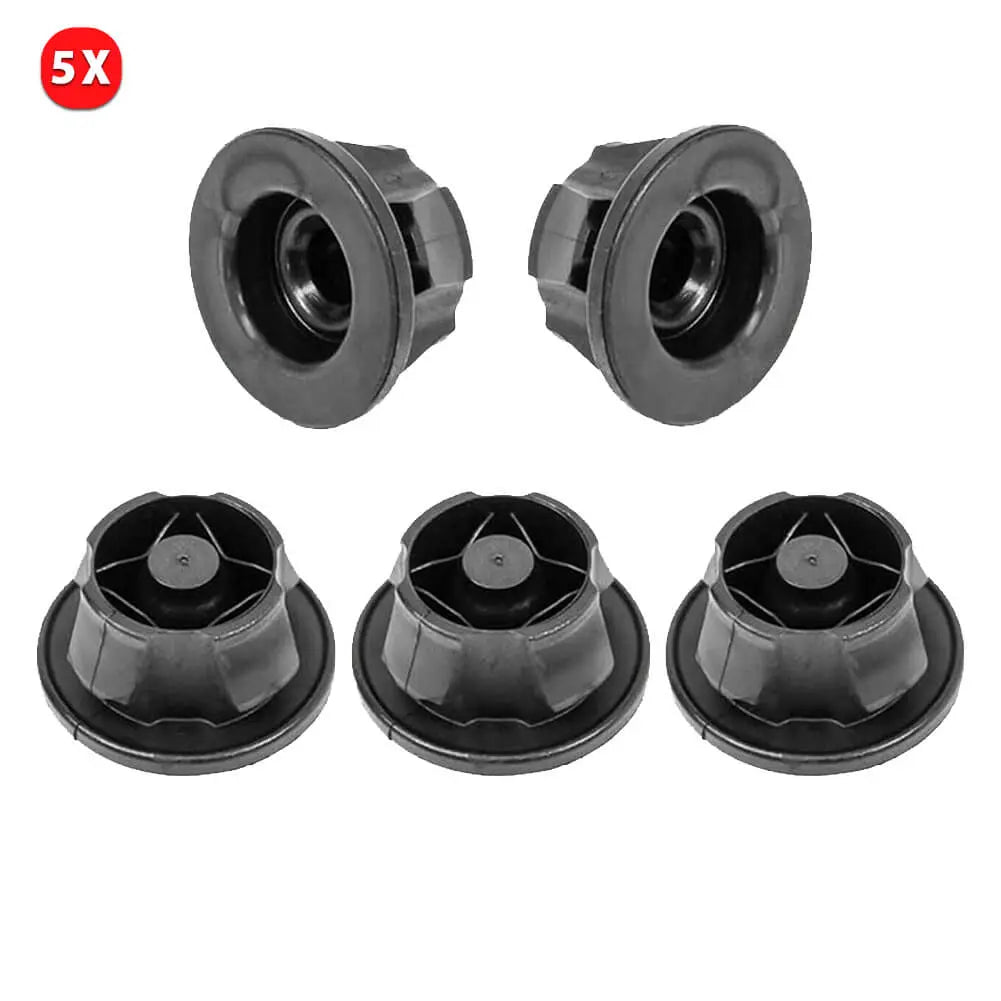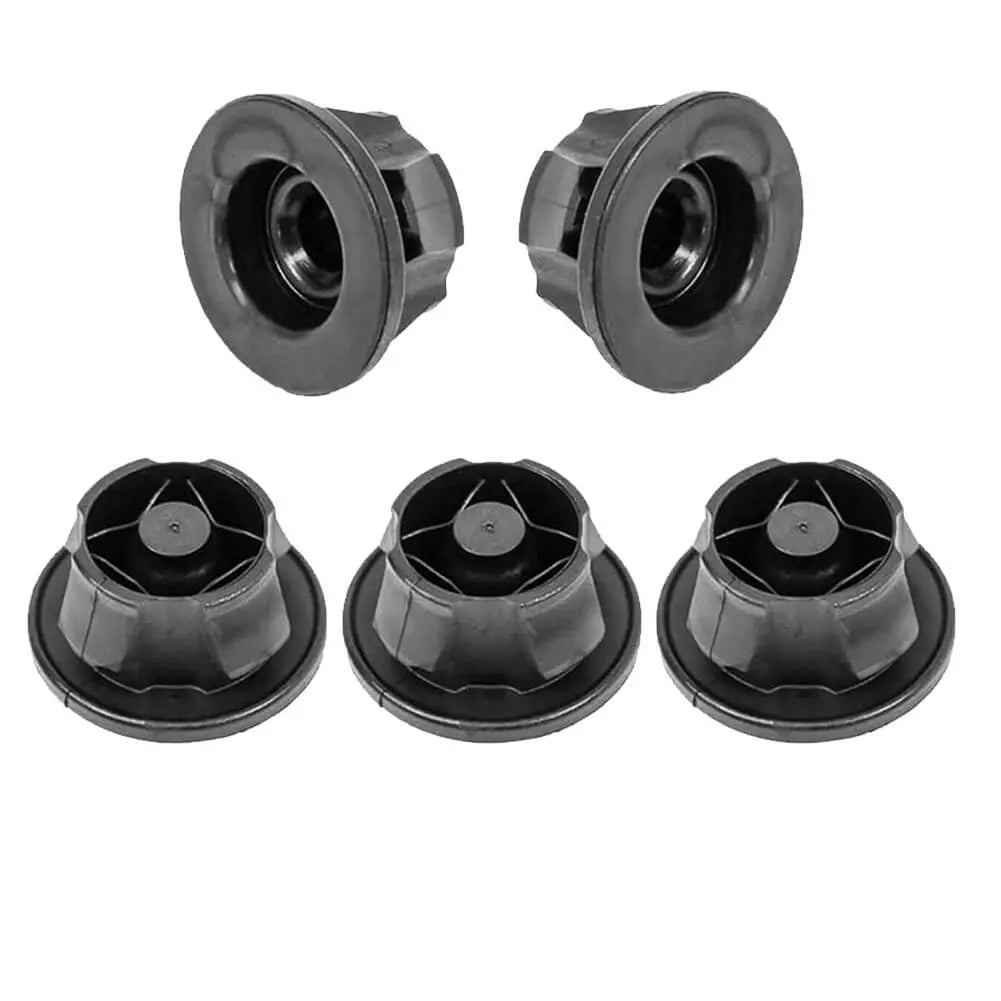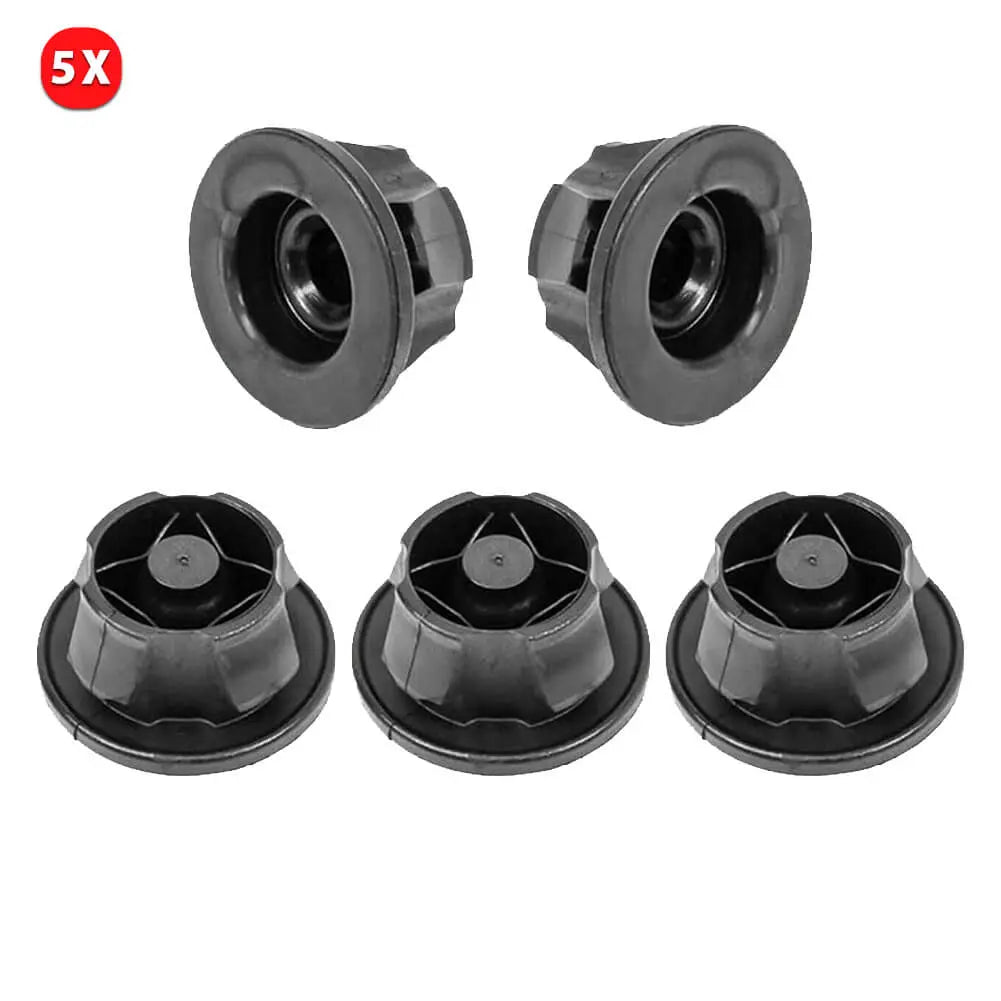Fastening Element, Engine Cover
10 products
Showing 1 - 10 of 10 products
The Importance of Car Fastening Elements and Engine Covers
When it comes to the design and functionality of modern cars, several components play a crucial role in ensuring a smooth and safe driving experience. Two such elements are car fastening elements and engine covers. While they may seem like minor details, they serve important purposes in vehicle construction and maintenance. In this article, we will explore the significance of car fastening elements and engine covers and understand how they contribute to the overall performance and longevity of automobiles.Car Fastening Elements:
Car fastening elements, also known as automotive fasteners, are the small but essential components used to secure various parts of a vehicle together. These fasteners include screws, bolts, nuts, clips, and rivets, among others. They are specifically designed to withstand the stresses and vibrations experienced by automobiles while driving.1. Structural Integrity: Car fastening elements are responsible for maintaining the structural integrity of a vehicle. They ensure that components, such as body panels, interior parts, and engine components, are securely attached, preventing them from coming loose or vibrating excessively during operation. This not only enhances the vehicle's overall durability but also reduces noise and vibrations, leading to a smoother ride.
2. Safety: Fasteners play a crucial role in ensuring the safety of both the driver and passengers. They are extensively used in critical areas, such as securing seat belts, airbags, and other safety systems. Properly fastened components ensure that safety features work effectively in the event of an accident, minimizing the risk of injury.
3. Maintenance and Repair: Fasteners are also crucial during vehicle maintenance and repair. Easy accessibility to fasteners allows technicians to disassemble and reassemble parts efficiently, making servicing procedures more streamlined. Additionally, standardized fasteners enable easy replacement of damaged components, reducing repair time and costs.
Engine Covers:
An engine cover, also referred to as a bonnet or hood, is a protective panel that encloses the engine compartment of a car. It is typically made of lightweight materials like aluminum or composite plastics. Engine covers offer several advantages and serve multiple functions in a vehicle.1. Protection: The primary purpose of an engine cover is to shield the engine from external elements, such as dirt, debris, and moisture. It prevents these contaminants from entering the engine compartment, which can cause damage to sensitive components, affect performance, and increase the risk of corrosion. The cover also acts as a barrier against excessive heat generated by the engine, keeping it within the recommended operating temperature range.
2. Noise Reduction: Modern engine covers are designed to minimize the noise generated by the engine. By enclosing the engine compartment, the cover helps absorb and dampen the noise produced during engine operation, resulting in a quieter cabin for the occupants.
3. Aerodynamics and Fuel Efficiency: Engine covers are aerodynamically shaped to reduce drag and improve the vehicle's overall aerodynamic efficiency. This helps enhance fuel efficiency by reducing air resistance and optimizing airflow around the vehicle, especially at high speeds. Improved aerodynamics also contribute to vehicle stability and handling.
Showing 1 - 10 of 10 products
Display
View
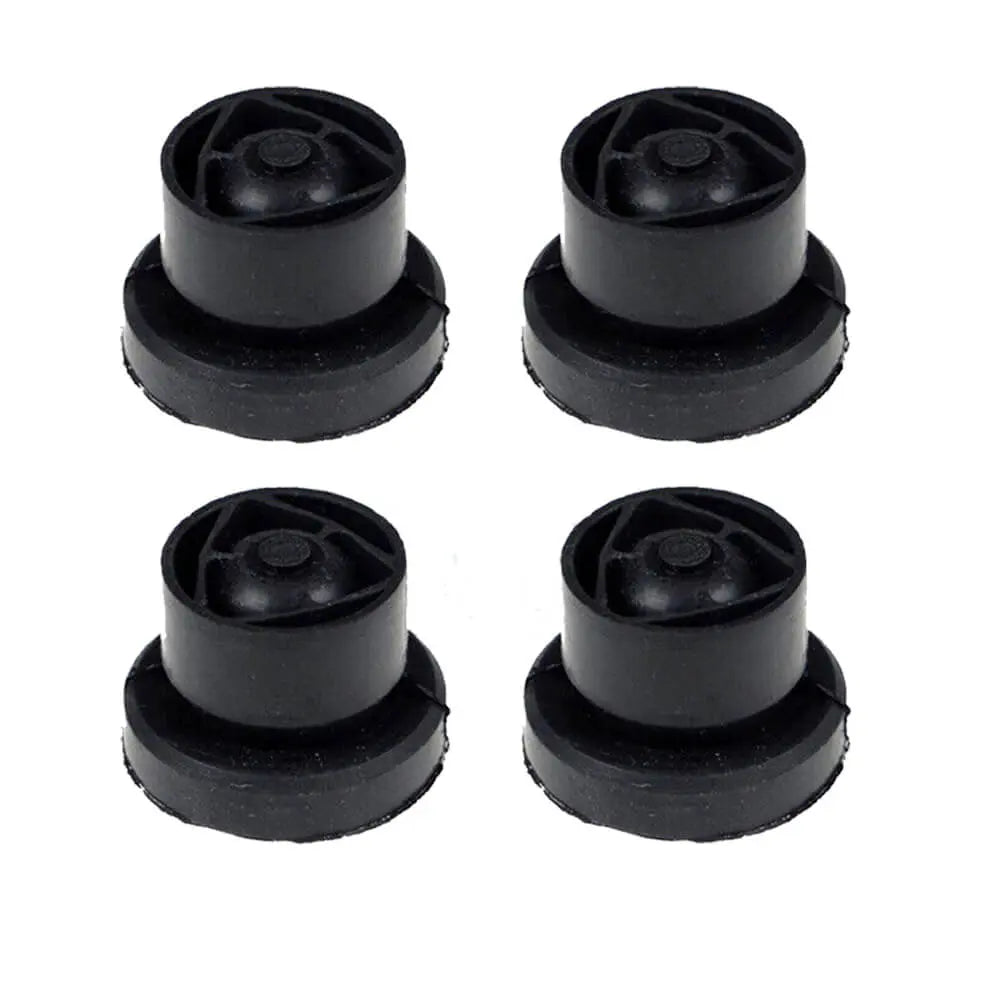
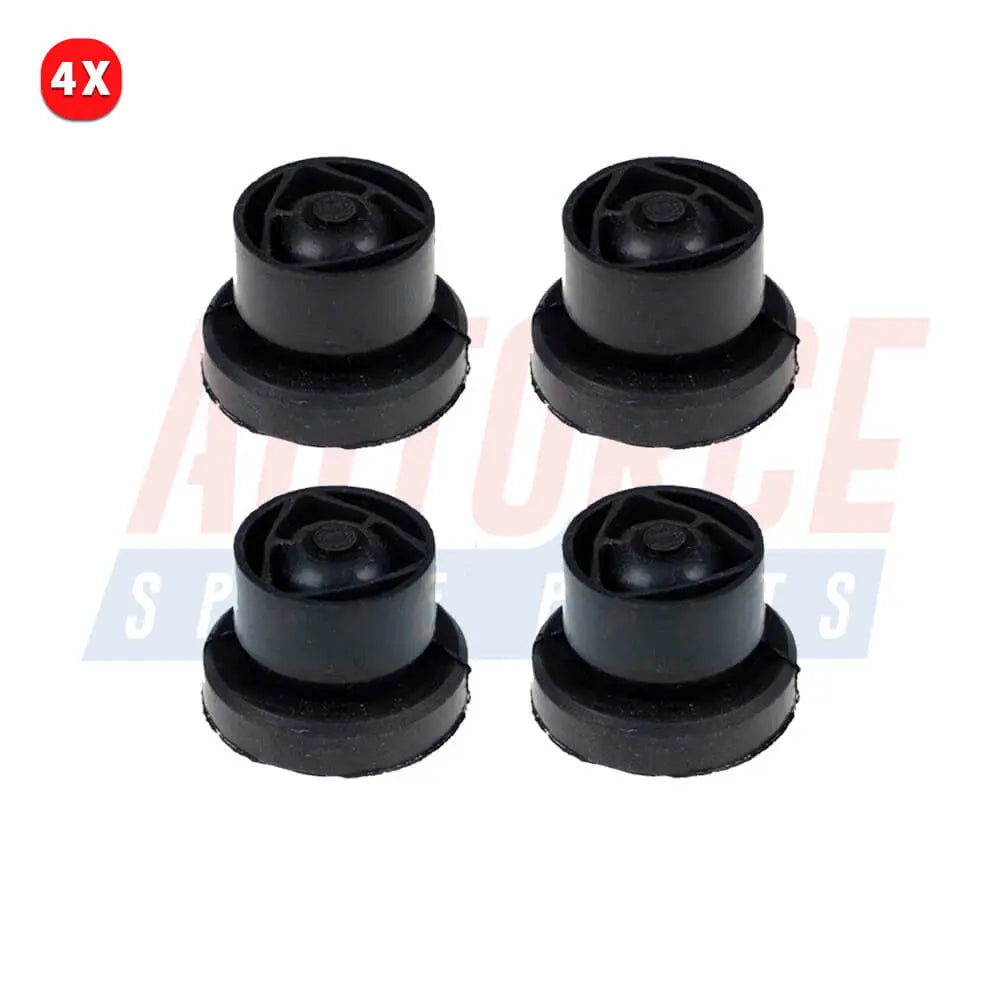
4 Pcs Engine Cover Bushing Retainer For Alfa Romeo MiTo For LANCIA Musa Ypsilon For Suzuki Ignis Samurai Swift - 5850765
In stock, 50 units
Sale price£12.90
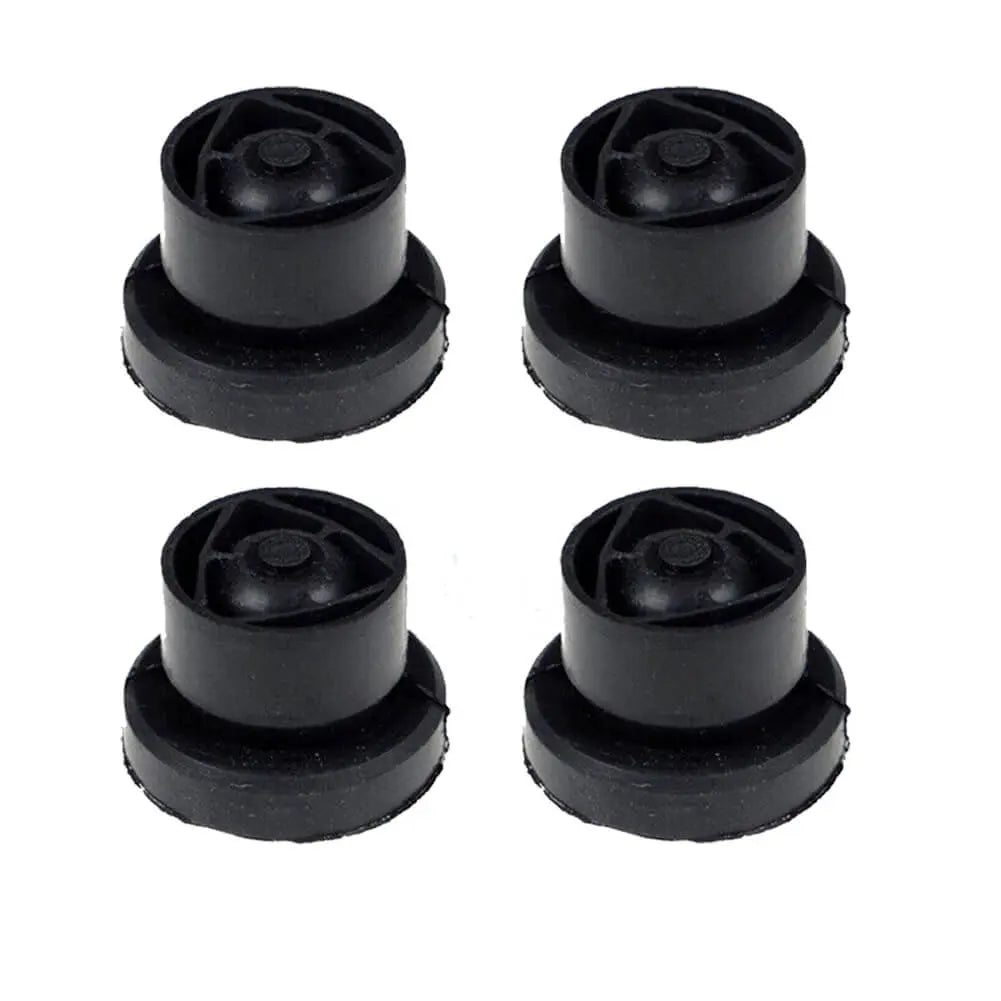
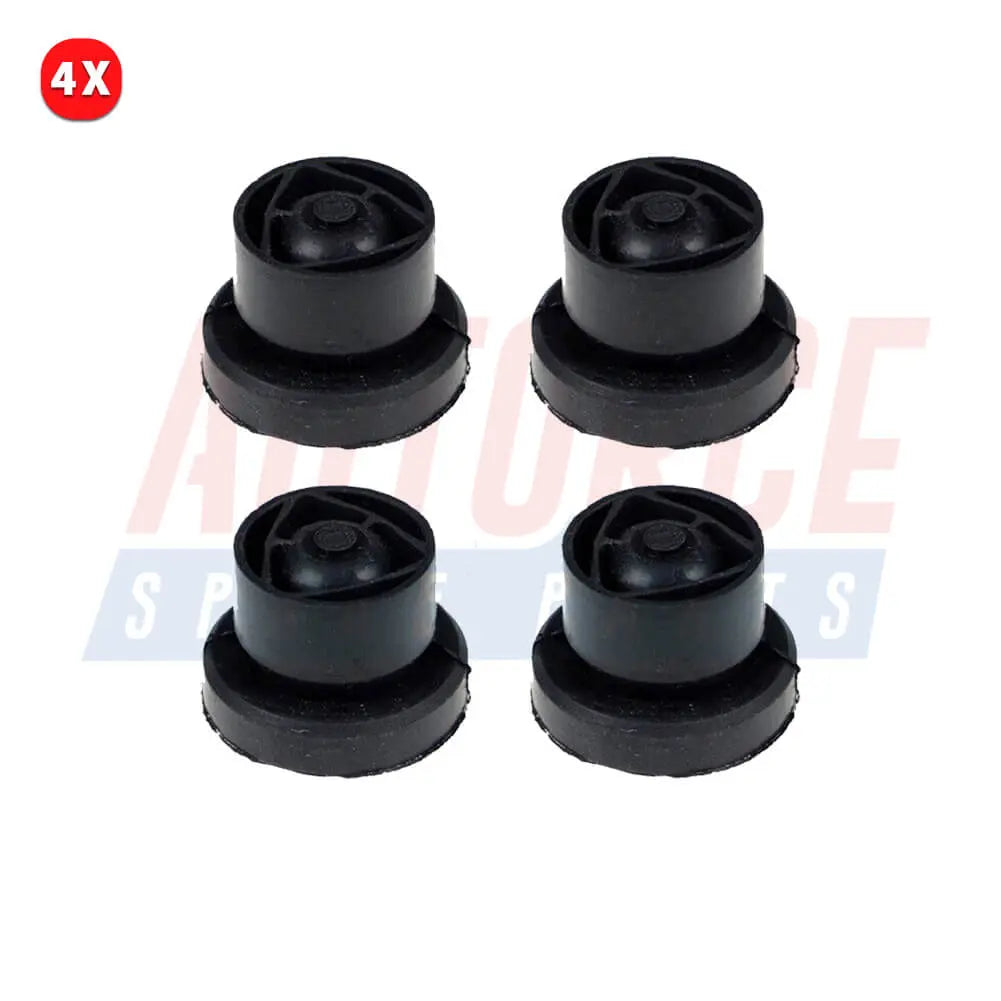
4 Pcs Engine Cover Bushing Retainer For Peugeot Bipper For Citroen Nemo - 1555641, 5850765
In stock, 50 units
Sale price£12.90
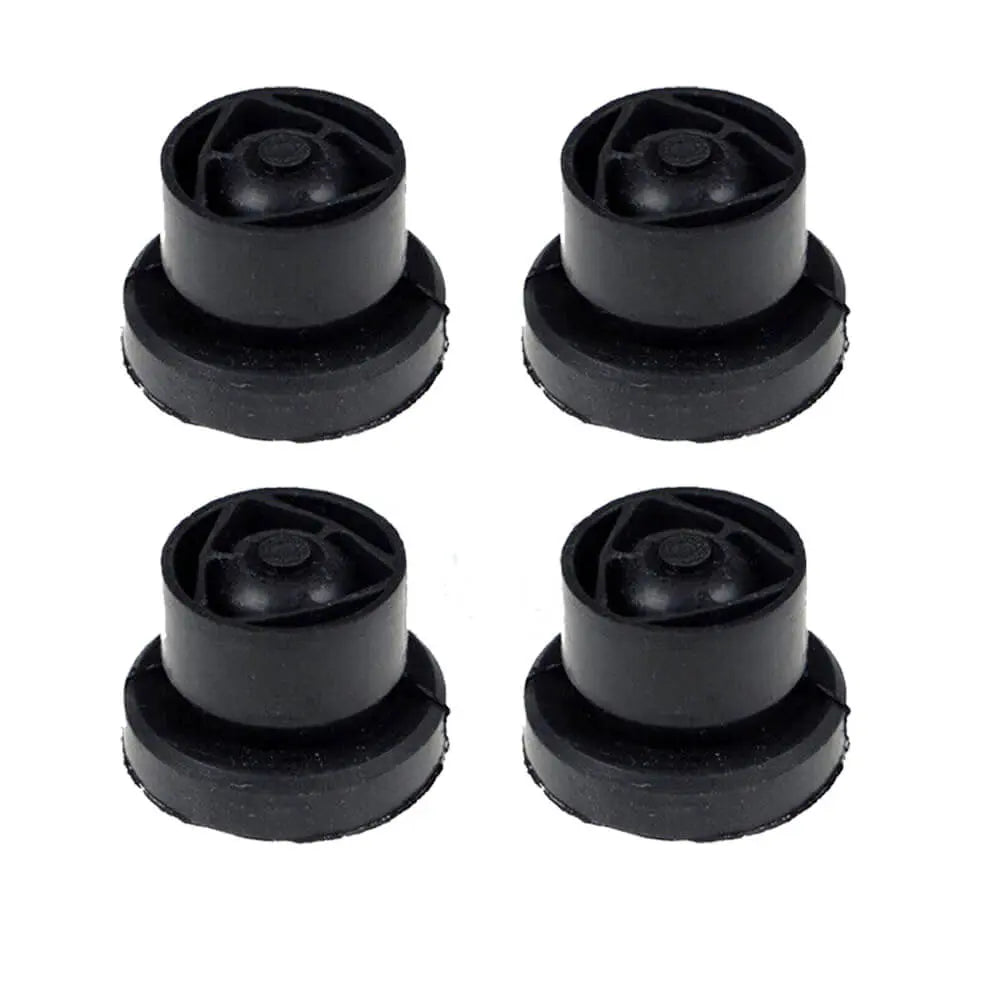

4 Pcs Engine Cover Bushing Retainer For Opel Astra Combo Corsa Meriva - 24453627, 5850765
In stock, 50 units
Sale price£12.90
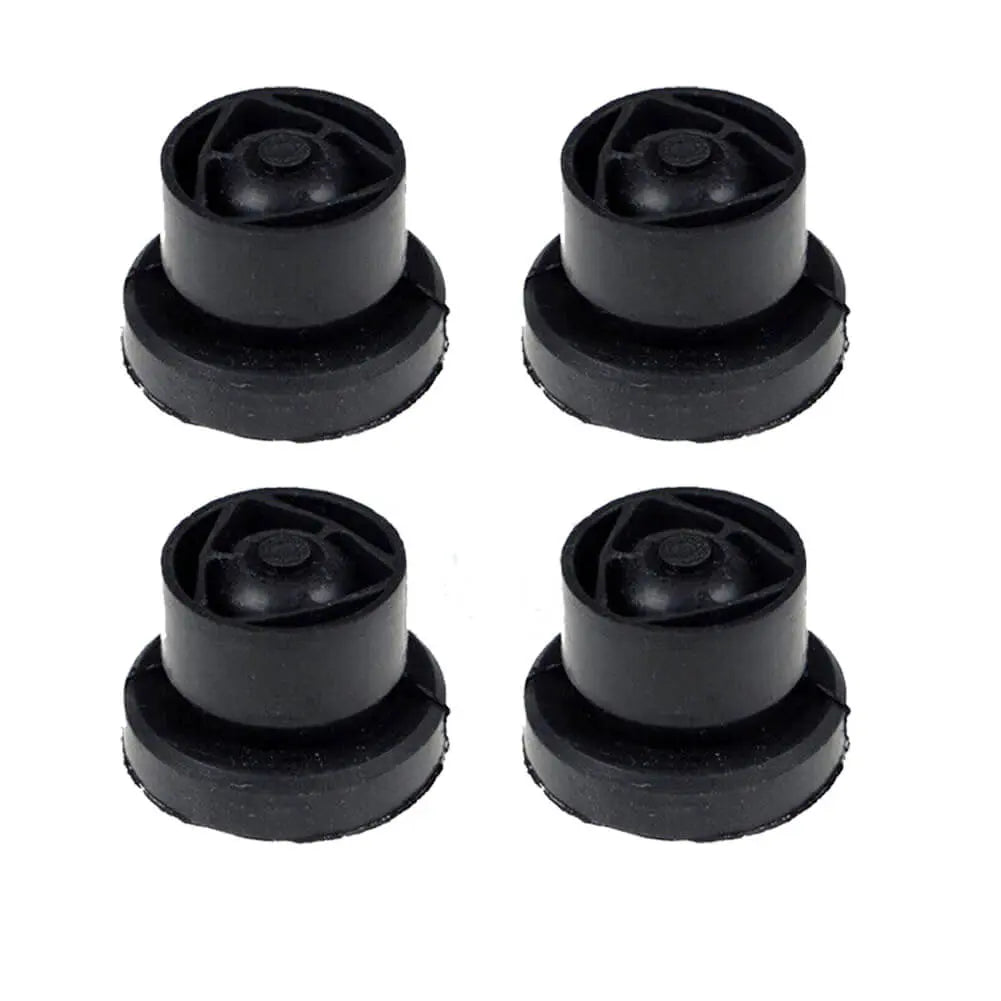

4 Pcs Engine Cover Bushing Retainer For Fiat 500 Doblo Fiorino Grande Idea Panda Punto Qubo - 7M5Q6D277AA
In stock, 50 units
Sale price£12.90
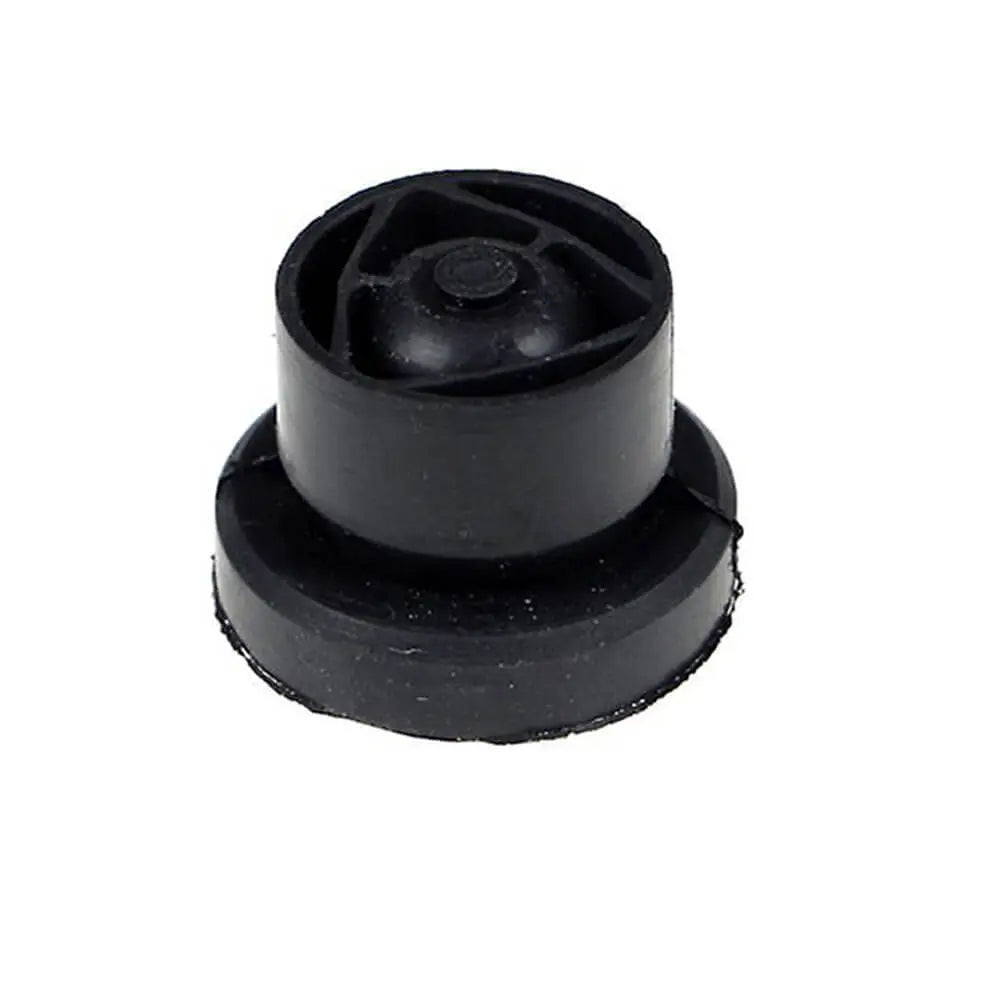

Engine Cover Bushing Retainer For Alfa Romeo MiTo For Lancia Musa Ypsilon For Suzuki Ignis Samurai Swift - 5850765
In stock, 50 units
Sale price£3.90
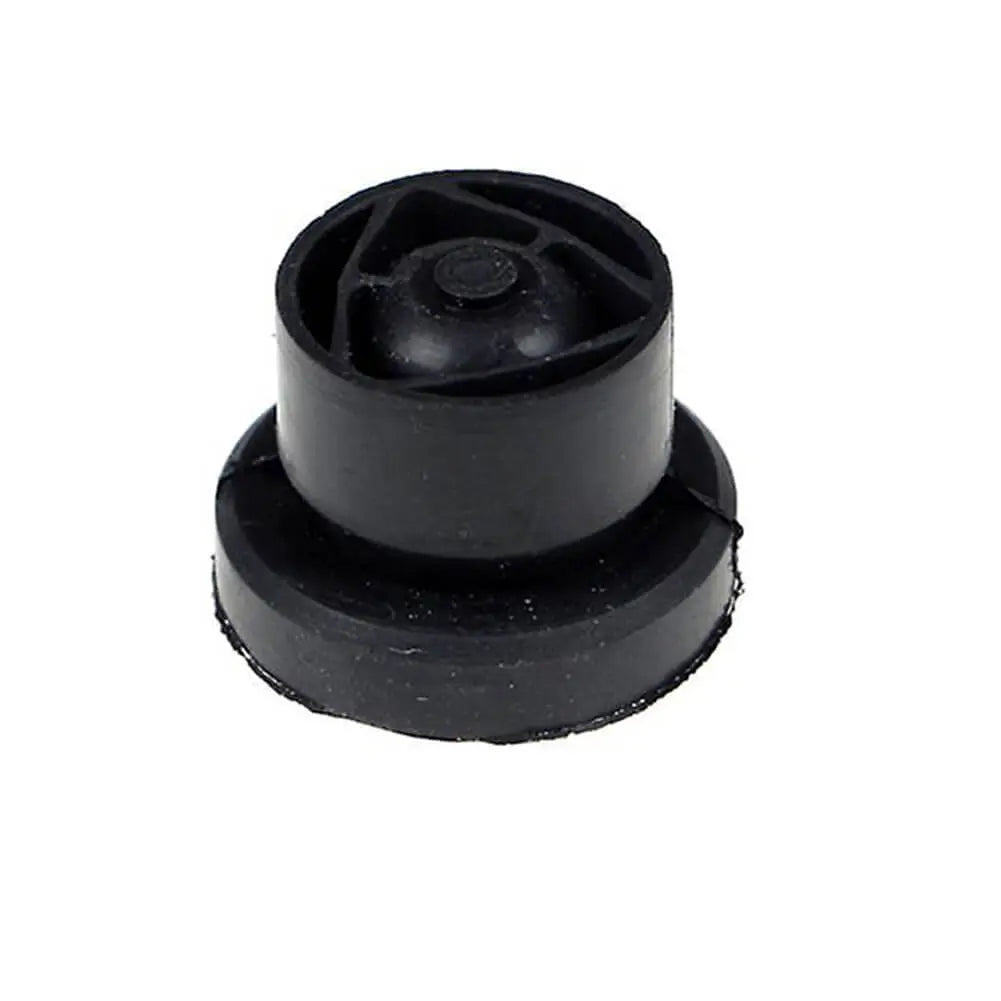
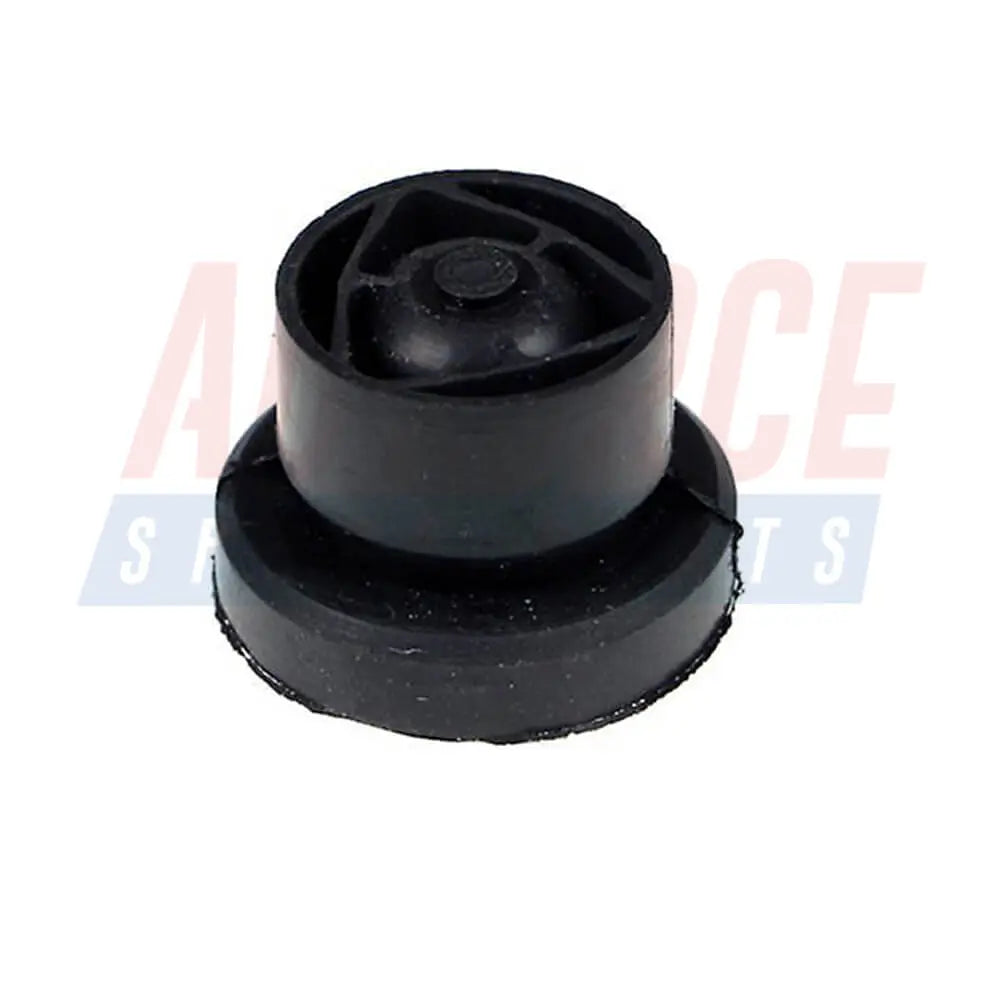
Engine Cover Bushing Retainer For Peugeot Bipper For Citroen Nemo - 1555641, 5850765
In stock, 50 units
Sale price£3.90
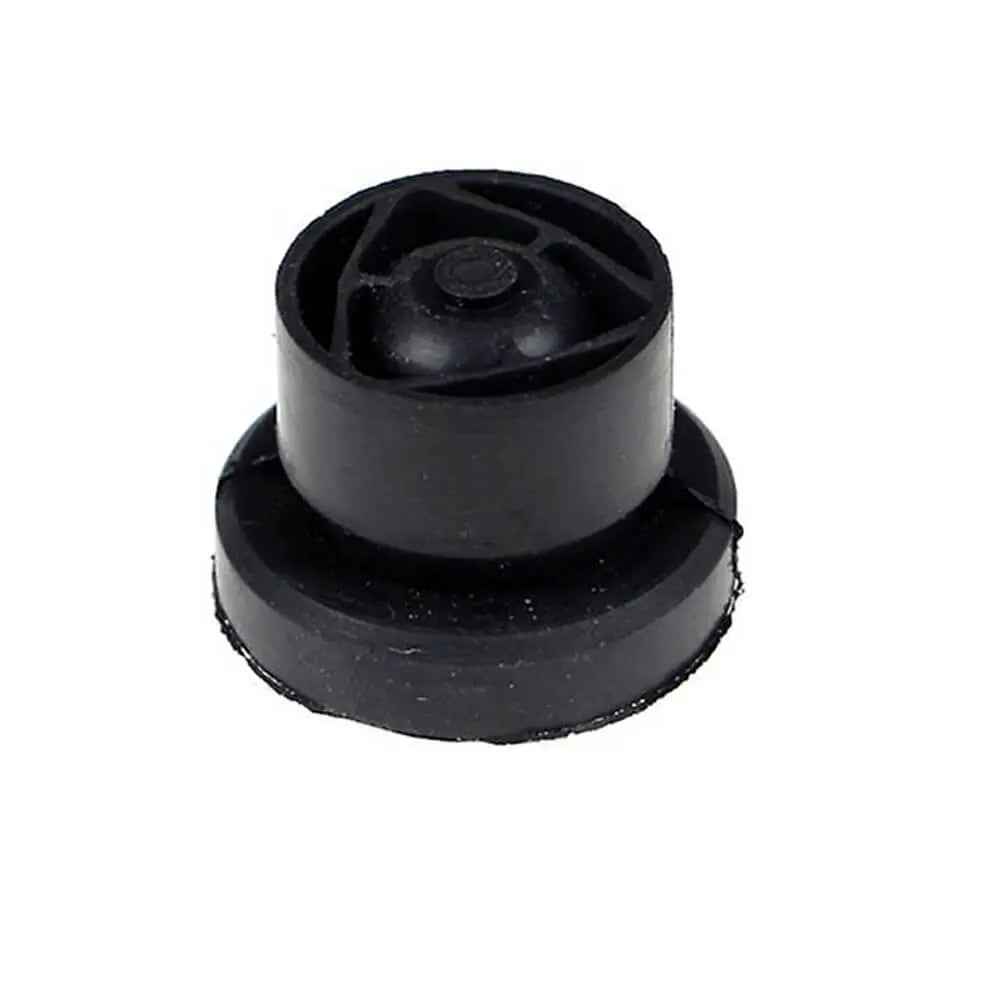

Engine Cover Bushing Retainer For Opel Astra Combo Corsa Meriva - 24453627, 5850765
In stock, 50 units
Sale price£3.90
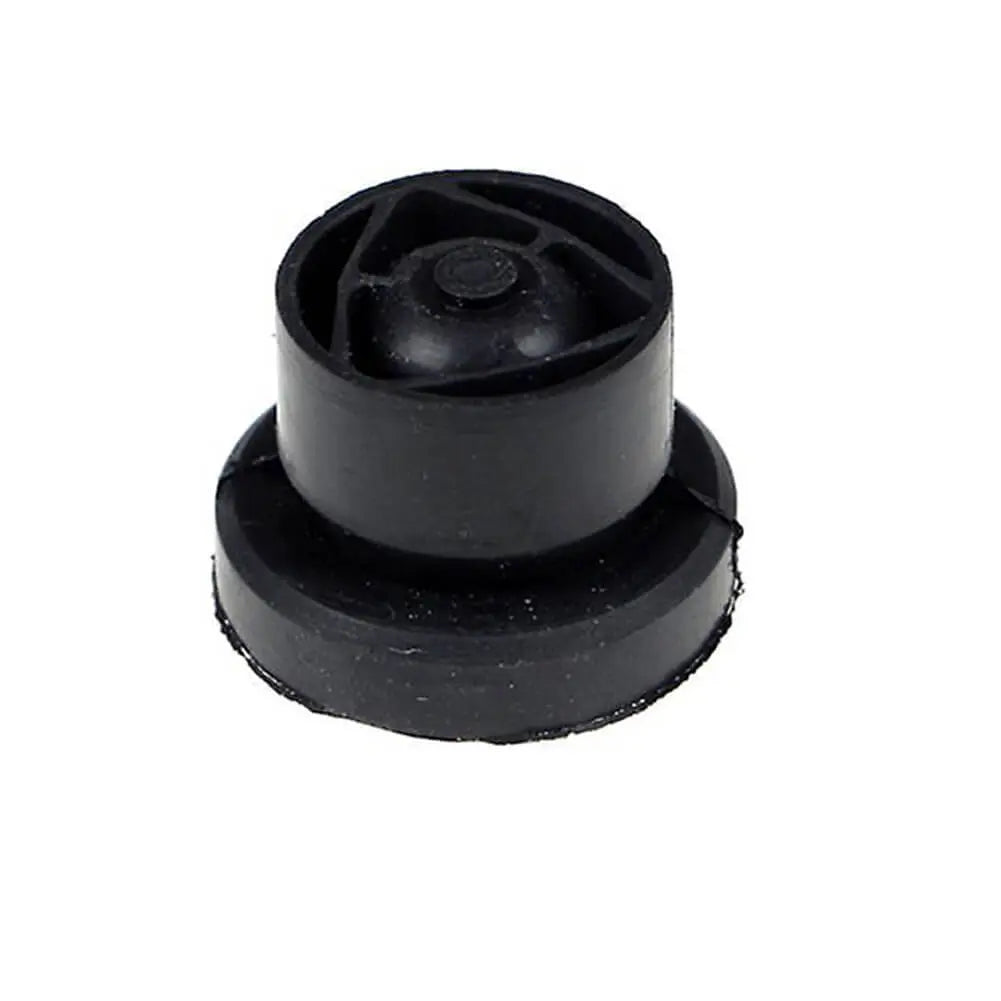

Engine Cover Bushing Retainer For Fiat 500 Doblo Fiorino Grande Idea Panda Punto Qubo - 7M5Q6D277AA
In stock, 50 units
Sale price£3.90
Filters (0)

